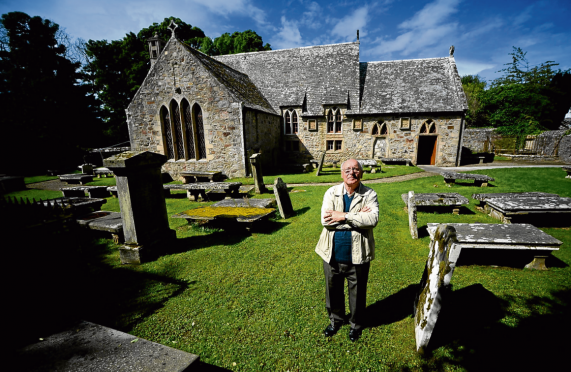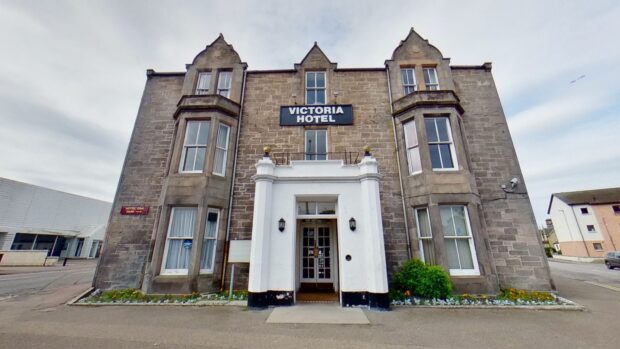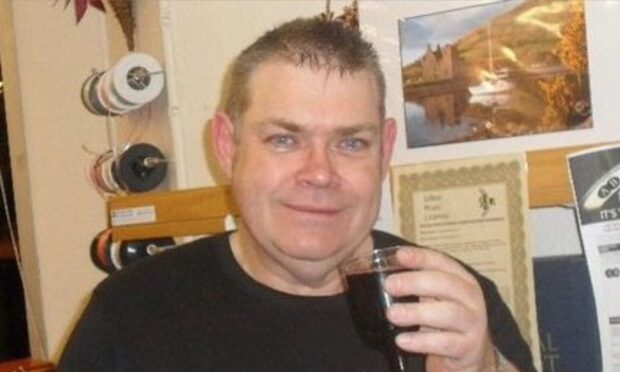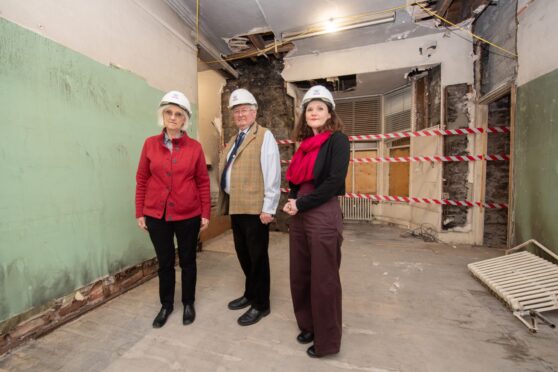A group of investigators are nearing the end of five years of work to solve the enigma of 600-year-old gravestones in a Moray churchyard.
Volunteers have been recording inscriptions engraved on countless memorials in the Cullen and Deskford area during that time.
However, the attentions of the Moray Burial Grounds Research Group have been firmly fixed on two weathered stone slabs.
The gravestones, which stand in the churchyard at Cullen’s Auld Kirk, date back to 1404.
But there is a long-held belief that they were altered by the Earl of Fife at the end of the 18th Century to extend his own family tree.
One, purported to belong to a John Duff from Muldavat, near Cullen, was removed by the nobleman at the time and moved to a mausoleum in Fife.
The memorial was returned to Moray in the 1960s but yesterday Keith Mitchell, one of the members carrying out the investigations, said he believes it has been altered, and was originally inscribed with the name of Alexander Innes.
He said: “In the centre of it there is a very strange carving with a guy in a suit of armour, as if he was a knight during the period of 1404.
“But the carving, in fact, looks like it dates from the period of 1792, when the earl took stones to the mausoleum.
“We’re trying to establish what other carvings had been put on it that have now been erased.”
The group have also taken a keen interest in another memorial in the yard, also claiming to belong to a John Duff of Muldavat.
Mr Mitchell suspects the year engraved on the stone, 1404, has also been altered – believing the actual year to be in the 16th Century.
Inscriptions inside the church may also have been altered.
The findings of the group will be published in a book later this year.
Mr Mitchell said:“The earl just wanted to extend his genealogy as far back as he could. If he did it by fakery he was not bothered.”










